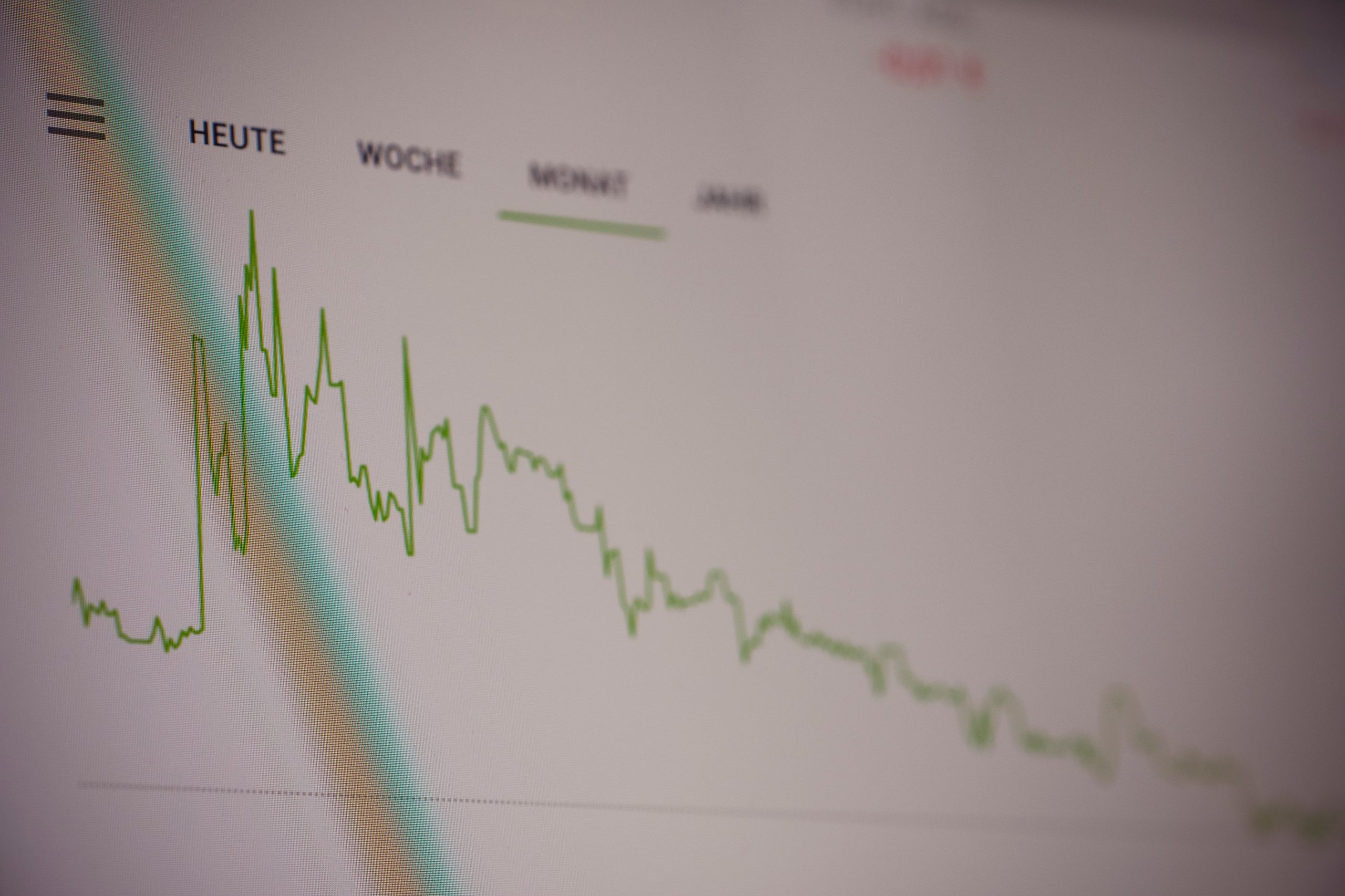To go long in foreign exchange trading (forex)means to buy with the hope that the value of your purchase will increase. It’s the opposite of going short when you expect the price to drop. In forex, the purchase you’re making is a currency, and when you go long, you profit when the value rises; if you go short, you profit when the value drops.
What you need to know
You will always go long on one currency and short on the other when trading. When you are long in a currency, you are wagering that the base currency will improve against the quote currency. In the example above, you’d be wagering that the dollar would be greater than 100 yen in the future.
To summarise, if you buy many shares and then sell them all at once, the profit is taxed as ordinary income. However, if you sold stock in stages over some time (as opposed to all at once), your profit is taxed as long-term capital gains. In other words, you must treat the trade like selling.
To take a stock market example: When you invest in Apple (NASDAQ: AAPL), you’re going long on Apple stock and shorting the dollar because you believe the value of a dollar will grow at a slower rate than that of Apple stock.
Consider this position as APPL/USD. Because, for one reason or another, you believe it is better to have cash in dollars than stock. If you’re calling, it quits; selling your stock back to the firm may be seen as a long position in the US dollar and a short one in the company.
How to go long
You may profit from both the ups and downswings because you’re buying and selling currencies when you conduct a forex trade, as trades take place with a currency pair instead of a single currency.
To go long on a specific currency, you start by opening a sell trade since you believe the base currency should increase in value. It also indicates that you are bearish on the quote currency’s value and expect it to decline.
If you’re right, and the base currency’s value rises, you may close out your position at the current market price and make a profit.
Pips
Pips are used to measure changes in value. The term ‘pip’ refers to the smallest unit of a currency and represents 0.001 of the value of a price point (except currency pairs involving the Japanese Yen, in which case a pip represents 0.01 of the value of a price point).
Why go long in forex?
Technical and fundamental developments are some of the reasons that traders go long.
With fundamental analysis, you’ll be examining economic events related to the currencies in question. If news releases begin to surpass or surprise economists’ expectations, the economy is doing better than anticipated, and there is potential for price appreciation. As a result, it may be worthwhile investing in the currency or going long.
Another reason forex traders may opt to go long on a currency pair is when a central bank plans to tighten monetary policy, which has been shown to boost the value of that currency.
Technical reasons for going long when the price of a currency breaches a price level resistance or ceiling are pretty prevalent. It would indicate surprising price mobility and the possible existence of a new market imbalance that may develop into a prominent trend.
Traders also tend to long when the currency’s price falls below a well-defined support level or a price floor. Trend-following traders that track trend acceleration often buy a trade position and wait to exit it until the trend ends.
All in all
A foreign exchange long position in FX forward markets involves purchasing a specific amount of one currency against payment in another at a specified future date, known as the value date, at a specific exchange rate. A foreign exchange long position cancels out a corresponding ‘short’ position that a firm takes when it agrees to acquire items for delivery later.
In other words, a foreign exchange long position converts a short underlying position to a zero net exposed position, with the future contract receipt canceling out the corresponding account payable.

